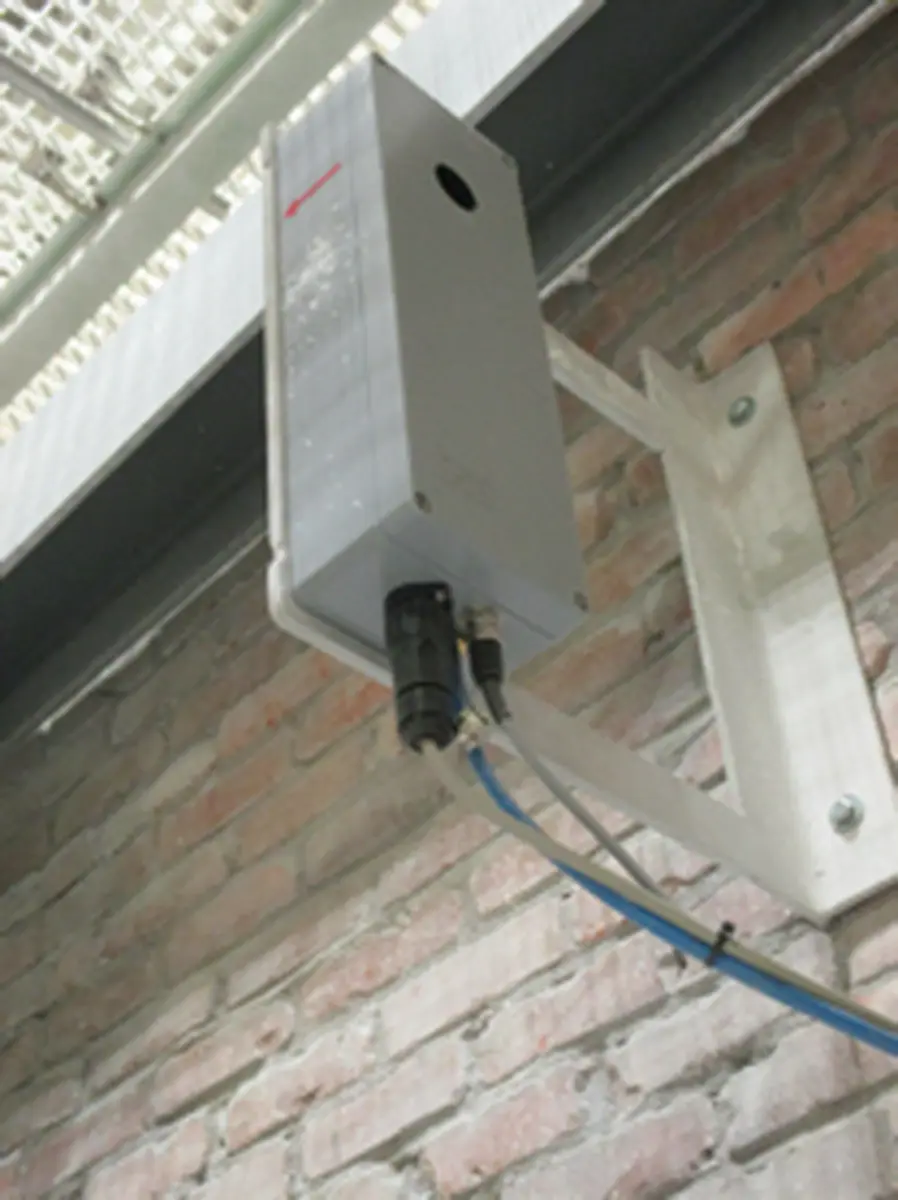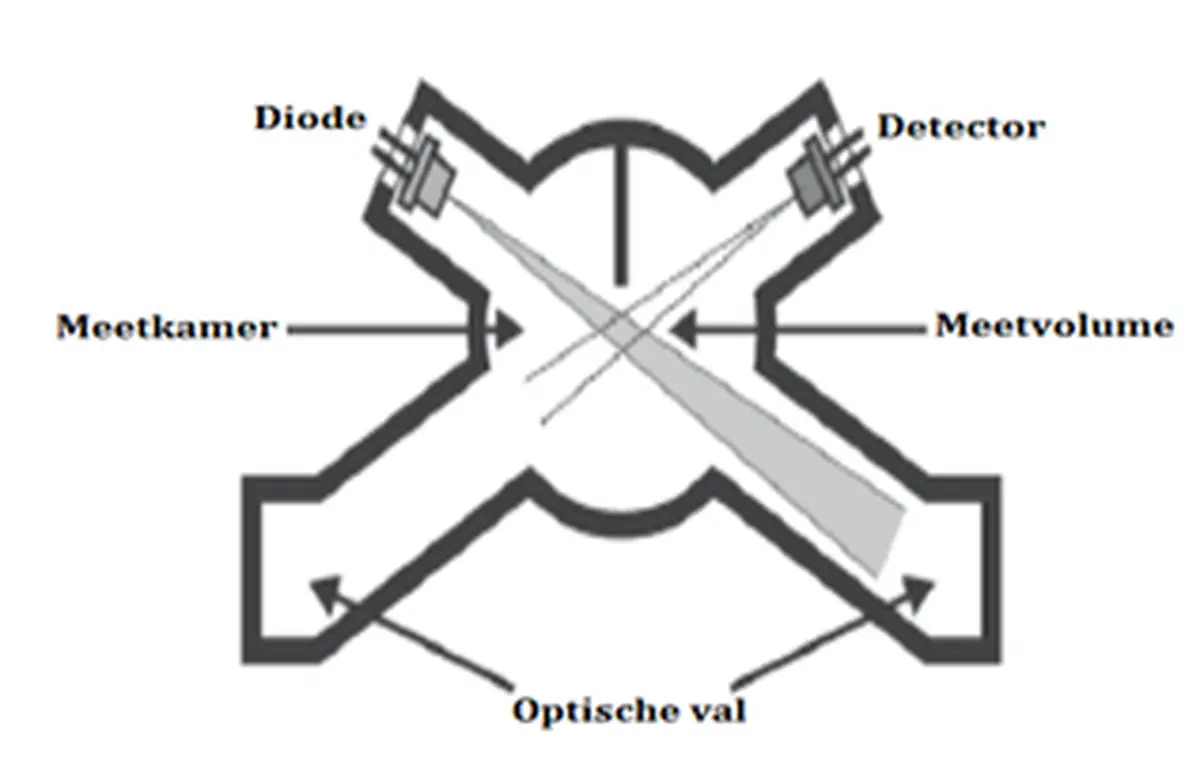Dust Monitoring in Production at Campine
Introduction to Monitoring
 Continuous monitoring of specific production processes can lead to unexpected insights and opportunities for process optimization.
Continuous monitoring of specific production processes can lead to unexpected insights and opportunities for process optimization.
At Campine in Beerse (Belgium), antimony trioxide is produced. Antimony oxide is used as an additive in flame-retardant plastics and as a catalyst for PET polymerization. One of the end products is antimony trioxide embedded in plastic pellets, known as a masterbatch, for the downstream industry.
The Importance of Dust Monitoring
These activities take place in the “antimony” department, which has been a core division of the Campine group for over 100 years. Production is carried out under stringent conditions to ensure a safe, healthy, environmentally friendly, and high-quality product. Campine is ISO9001 and ISO14001 certified to guarantee this to its customers. As a "lead registrant," Campine plays a leading role in the REACH process and is a pioneer in the safe use of antimony metal and oxides!
Optical Sensor for Dust Detection
Dust formation cannot be tolerated during the production process: it must always comply with strict workplace standards. Recently, an optical sensor was installed for continuous monitoring of dust concentrations. Campine chose this solution to continuously monitor air quality and correlate operator actions and process phases with variations in dust emission. This allows for accurate adjustments of the various process steps.
Measuring Principle of the Dust Detector
 To visualize the prevailing dust concentration, a stationary dust detector with an optical measurement principle was installed. A laser diode (LD) emits light at a wavelength of 880 nanometers. Dust passing through the sensor scatters this light, described by the Tyndall effect. The scattering depends on particle size and the light wavelength. A detector placed at a 70° angle to the light beam captures the scattered light. The intensity received by the detector is used to determine dust concentration. To prevent measurement errors due to stray light, the surfaces inside the measurement cell are completely matte black and include two optical light traps. The monitor is designed for stationary applications. Robustness and durability are essential. The metal housing is solid and includes a compressed air connection to continuously supply filtered air and create an “air curtain” over the optical section.
To visualize the prevailing dust concentration, a stationary dust detector with an optical measurement principle was installed. A laser diode (LD) emits light at a wavelength of 880 nanometers. Dust passing through the sensor scatters this light, described by the Tyndall effect. The scattering depends on particle size and the light wavelength. A detector placed at a 70° angle to the light beam captures the scattered light. The intensity received by the detector is used to determine dust concentration. To prevent measurement errors due to stray light, the surfaces inside the measurement cell are completely matte black and include two optical light traps. The monitor is designed for stationary applications. Robustness and durability are essential. The metal housing is solid and includes a compressed air connection to continuously supply filtered air and create an “air curtain” over the optical section.
Results and Insights
During all shifts, dust concentration is measured and sent to a central system. Peak concentration moments are clearly visible. This allows identification of which activities or process moments lead to high dust levels. These are then analyzed further to better control the process.
Continuous Monitoring and Process Optimization
Campine N.V.'s experience has already shown that peak dust levels can occur at moments where they were not expected based on intuition. Continuous monitoring like this provides permanent insights over time and enables immediate detection of issues, helping to realize optimization.

